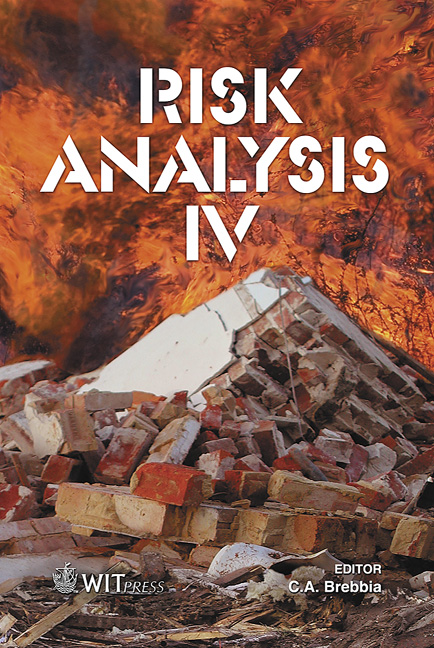Structural Models And The Prediction Of Default Probabilities
Price
Free (open access)
Transaction
Volume
77
Pages
10
Published
2004
Size
283 kb
Paper DOI
10.2495/RISK040631
Copyright
WIT Press
Author(s)
P. Dimou
Abstract
In this paper, the three main structural models of default, the Merton model, Longstaff and Schwartz model and Leland and Toft model, are compared in terms of the real default probabilities they produce. I find that none of the models can accurately predict the default probabilities in all cases. Merton as well as Leland and Toft models underpredict default probabilities in all cases. The Longstaff and Schwartz model, although in some cases it produces EDFs that are close to the observed ones, suffers from important limitations. The model tends to overestimate the default probabilities of riskier bonds as well as the default probabilities of bonds with the same rating but higher equity volatility. Consistent with previous studies, I find that structural models tend to underestimate the default probabilities in early years. Keywords: credit risk, structural models, real default probabilities, expected default frequencies. 1 Introduction In this paper, I will examine the differences in real default probabilities produced by different structural models. Three main structural models, Merton model, the Longstaff and Schwartz model and the Leland and Toft model, will be compared. The first model is the original structural model, where default can only occur at maturity when the market value of assets equals the total book value of liabilities. Longstaff and Schwartz model accounts for coupon paying bonds and stochastic interest rates. In this case, default happens when the market value of assets falls below a lower threshold point that is a fraction of the total value of debt. Leland and Toft model, accounts for taxes and bankruptcy costs and assumes that the default barrier is determined endogenously. A detailed
Keywords
credit risk, structural models, real default probabilities, expected default frequencies.





